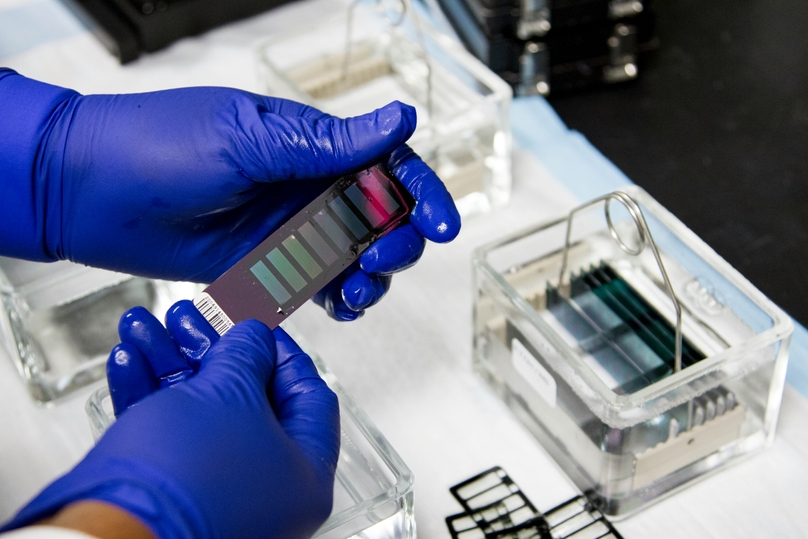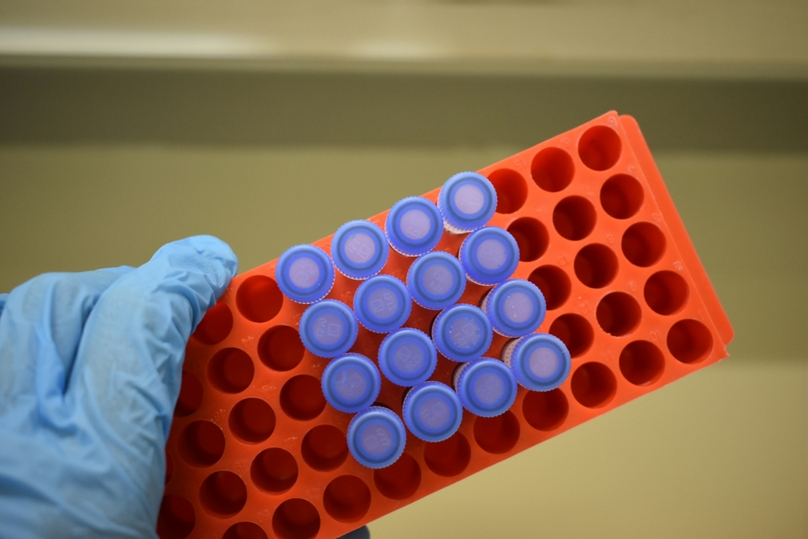Joint health is a crucial aspect of medical science, particularly for individuals who have arthritis and other joint-related conditions. The pursuit of effective treatment methods has led to significant advancements in the field. Among these, intra-articular injections have emerged as a pivotal development. These injections, delivered directly into the joint space, are designed to alleviate pain and improve joint function. They represent a key intersection of medical innovation and patient care, offering a promising solution for many who struggle with joint pain.
Genemod: Revolutionizing Research in Joint Health
As the healthcare industry continues to evolve, so does the need for efficient research and development practices. This is where Genemod steps in, offering cutting-edge solutions to biopharma research teams. By automating experiments and managing inventory effectively, Genemod not only streamlines the research process but also enhances collaboration within life sciences R&D. Their services are particularly beneficial for teams focusing on treatments like intra-articular injections, where precision and accuracy are paramount. Genemod's innovative approach accelerates the pace of research, ensuring that new treatments reach patients faster and more efficiently.
What Are Intra-articular Injections?
Intra-articular injections, often referred to simply as joint injections, are a medical procedure involving the injection of therapeutic substances directly into the joint space. Healthcare professionals typically administer these injections and can target various joints in the body, including the knee, shoulder, hip, and more. The substances injected can vary, with the most common being corticosteroids, hyaluronic acid, or platelet-rich plasma (PRP). The choice of substance depends on the specific condition being treated and the expected therapeutic outcome. Intra-articular injections are utilized to alleviate pain, reduce inflammation, and improve joint function. Understanding the nature and purpose of these injections is crucial for both medical practitioners and patients seeking relief from joint-related issues.
Conditions Treated with Intra-articular Injections
One of the most common applications is in the management of osteoarthritis, a degenerative joint disease that causes pain and reduced mobility. Intra-articular injections of hyaluronic acid or corticosteroids can provide relief by lubricating the joint or reducing inflammation. Other conditions treated with intra-articular injections include rheumatoid arthritis, tendinitis, bursitis, and injuries like sprains or strains. These injections can significantly improve the quality of life for individuals suffering from joint-related discomfort and dysfunction. Recognizing the range of conditions that can benefit from intra-articular injections is essential for healthcare providers and researchers exploring innovative solutions in the field of joint treatment.
Effectiveness and Benefits of Intra-articular Injections
The effectiveness of intra-articular injections in joint treatment is well-established. By delivering therapeutic substances directly to the affected joint, these injections offer targeted relief and often result in rapid symptom improvement. Patients commonly experience reduced pain, increased joint mobility, and enhanced overall function. In addition to their effectiveness, intra-articular injections provide several benefits, including minimal systemic side effects compared to oral medications, fewer risks associated with surgical interventions, and a relatively quick and straightforward procedure. The convenience and efficiency of intra-articular injections make them an attractive option for both patients and healthcare providers seeking optimal joint health outcomes.
Risks and Potential Side Effects
Like any medical intervention, these injections are not without certain considerations. Common side effects may include temporary pain or discomfort at the injection site, minor bleeding, or swelling. In rare cases, patients may experience more severe side effects, such as infection or allergic reactions to the injected substances. Additionally, repeated use of corticosteroid injections can lead to joint or tissue damage over time. The risk of side effects varies depending on the specific injection type, the patient's medical history, and the expertise of the administering healthcare professional. Recognizing and addressing these risks is essential for informed decision-making and ensuring patient safety when considering intra-articular injections as a joint treatment option.
Frequency of Injections and Long-term Considerations
The appropriate injection schedule depends on various factors, including the patient's condition, the chosen therapeutic substance, and individual response to treatment. While these injections can provide immediate relief, their effects may be temporary, necessitating periodic re-administration. Prolonged reliance on corticosteroid injections may pose long-term risks, such as joint degeneration or weakening of nearby tissues. Healthcare providers must carefully assess the balance between short-term relief and potential long-term consequences when recommending injection frequency. Patients and researchers alike should engage in open discussions regarding the optimal treatment approach to achieve the best possible joint health outcomes.
Alternative and Complementary Therapies
These therapies can enhance the overall effectiveness of joint treatment and provide additional options for patients. Physical therapy, for example, plays a crucial role in strengthening and stabilizing the affected joint, thereby prolonging the benefits of intra-articular injections. Weight management, exercise, and dietary adjustments can also complement joint treatment by reducing stress on the joints and promoting overall health. Additionally, emerging therapies such as regenerative medicine approaches, including platelet-rich plasma (PRP) and stem cell treatments, offer innovative avenues for joint repair and regeneration. Integrating these alternative and complementary therapies into the joint treatment strategy allows for a holistic approach to improving joint health and patient well-being.
Unlock Your Team's Potential with Genemod
In the fast-paced world of biopharma research, efficiency and collaboration are key to success. Genemod is your partner in this journey, offering tools that harness the power of research operations analytics. Whether you're part of a startup, academia, or non-profit organization, Genemod's solutions are designed to elevate your research capabilities. From automating laboratory experiments to optimizing inventory management, we empower your team to focus on the big ideas, like advancing intra-articular injection therapies, without getting bogged down by the busywork. Join us in transforming the future of joint health research.


















